News |
ARMENIAN SPORT AND GYMNASTICS IN THE OTTOMAN EMPIRE
press-release
29.07.2015
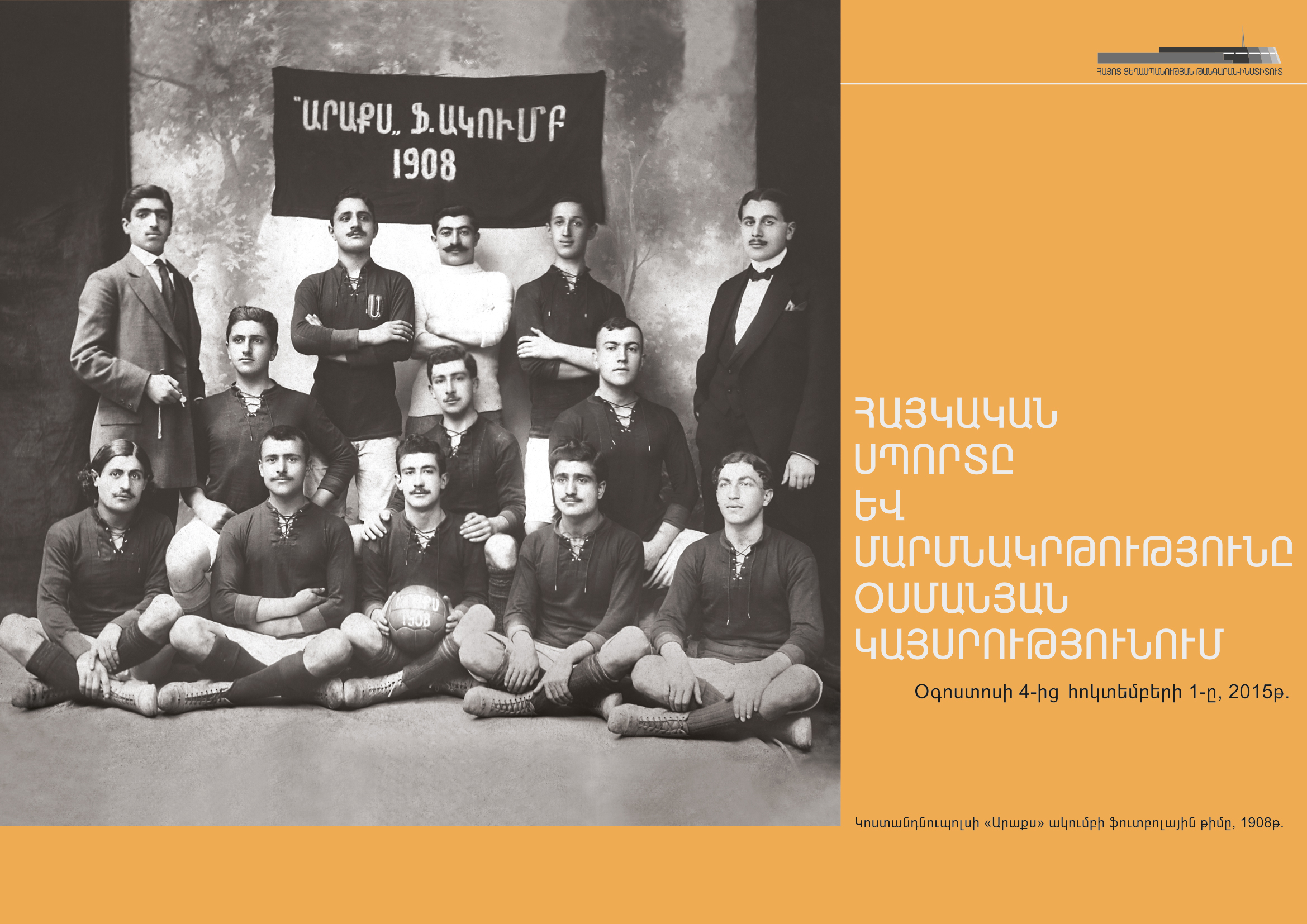
On August 4, at 12:00, at the AGMI exhibition hall the presentation of the book by Hayk Demoyan “Armenian Sport and Gymnastics in the Ottoman Empire” and the opening of the same name temporary exhibition will take place.
This publication is the updated and revised version of the same volume published in 2009. The prehistory of the Armenian sport and gymnastic in the Ottoman Empire, the development of the sport and gymnastics in Western Armenia and the activities of sport clubs are combined and presented in this book for the first time. Throughout this photo enriched volume, the reader is introduced with not yet known but very interesting episodes of the Armenian sport.
A temporary exhibition consisting of 12 subtitles named “Armenian Sport and Gymnastics in the Ottoman Empire” will be open from August 4, till 1st of October. The exhibition will include unique photos and materials.
The honorary guests of the event are the descendants of famous sportsmen and scout leaders Grigor Jololian, Shavarsh Krisian and Vahan Cheraz.
Historical Review- The history of the development of Armenian sport and gymnastics in the Ottoman Empire takes its beginning from the end of 19th century, when the first athletic clubs and societies were established. Under the rule of the Sultan, being engaged in sports or athletics was strictly forbidden and those who broke this law were punished.
The first Armenian athletic clubs and football teams were formed in Constantinople and Smyrna in the beginning of 20th century. During this period the first professional Armenian sportsmen - Shavarsh Chrisian, Mkrtich Mkrian, and others played significant role in propagating athletics among the Ottoman Armenians.
A unique phenomenon in the history of sport of the Ottoman Empire was the participation of two Armenian sportsmen in the 5th International Olympic Games in Stockholm. Armenian athlets Vahram Papazian and Mkrtich Mkrian became the first sportsmen who represented the Ottoman Empire in the International Olympic Games. The publication of the first sport magazine in the Ottoman Empire by Shavarsh Chrisian, called “Marmnamarz” (“Athletics”) (1911-1914), offered an additional incentive for extending the interest towards the sport among the Ottoman Armenians.
On the eve of World War I there were about 40 Armenian athletic clubs in Constantinople alone. Armenian football teams took part in team and international tournaments of several leagues in the capital. The most famous football teams were “Balta Liman”, “Araks” and “Torq”. The most famous team of Smyrna was “Hay Vorsordats Club” (“The Armenian Hunters’ club”). Armenian sport clubs were established also in Smyrna, Nikomedia, Karin, Marzvan, Samson, Adana, Van, Caesarea, Dortyol, Trapizon, Konya etc.
In 1911-1914 the Pan-Armenian Olympic Games were organized with the participation of tens of Armenian sport and athletic clubs and societies. During the Games records were held and the winners were awarded with silver medals. In 1914 were also held the first “Cilician Olympic Games”.
Many Armenian sportsmen fell victims to the Armenian Genocide. Among them was Shavarsh Chrisian, the editor of “Marmnamarz”, after which the publication of the magazine was stopped.
During 1915-1920 many Armenian sportsmen were killed, and most of the sport clubs were closed.
|
|
DONATE |
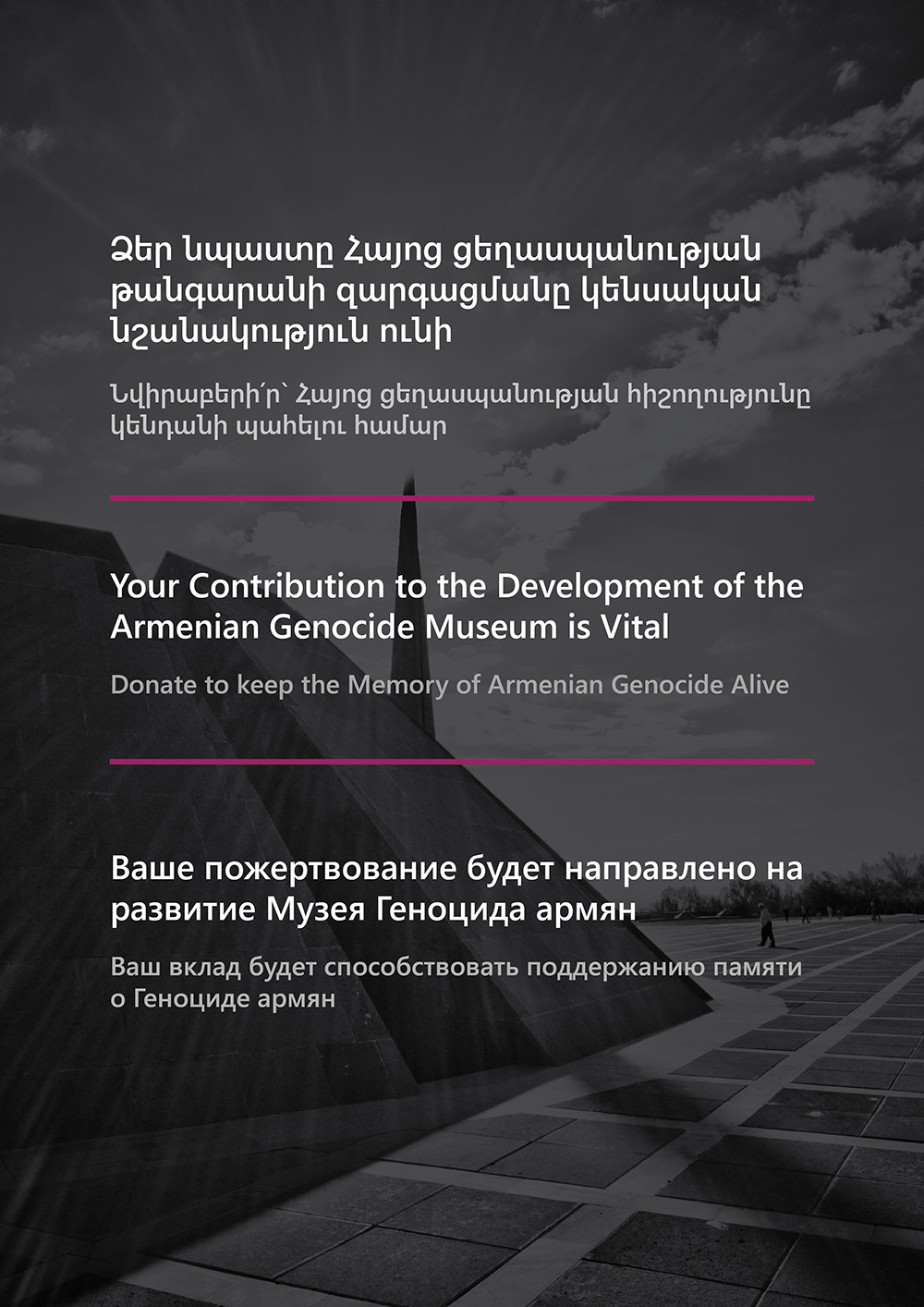
TO KEEP THE MEMORY OF THE ARMENIAN GENOCIDE ALIVE
Special Projects Implemented by the Armenian Genocide Museum-Institute Foundation
|
COPYRIGHT |

|
AGMI BOOKSTORE |
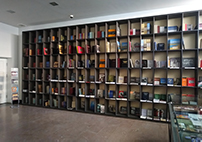
The Armenian Genocide Museum-Institute’s “World of Books”
|
TESTIMONIAL OF ARMENIAN GENOCIDE SURVIVORS |
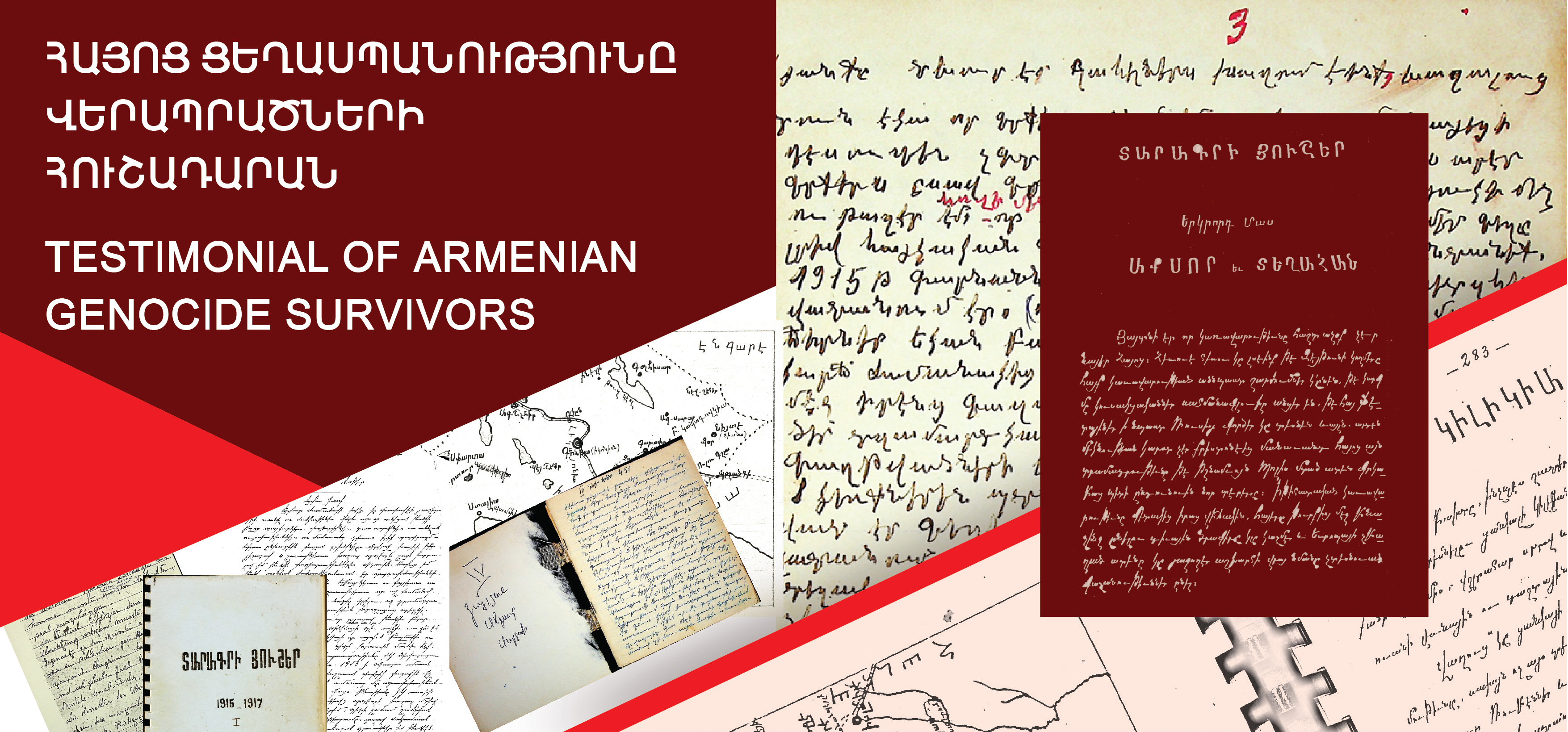
THE AGMI COLLECTION OF UNPUBLISHED MEMOIRS
|
ONLINE EXHIBITION |

SELF-DEFENSE IN CILICIA DURING THE ARMENIAN GENOCIDE
DEDICATED TO THE CENTENNIAL OF THE SELF-DEFENSE BATTLES OF MARASH, HADJIN, AINTAB
|
LEMKIN SCHOLARSHIP |
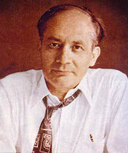
AGMI ANNOUNCES 2024
LEMKIN SCHOLARSHIP FOR FOREIGN STUDENTS
|
TRANSFER YOUR MEMORY |

Share your family story,
Transfer your memory to generations.
On the eve of April 24, the Armenian Genocide Museum-Institute undertakes an initiative “transfer your memory”.
|
|





